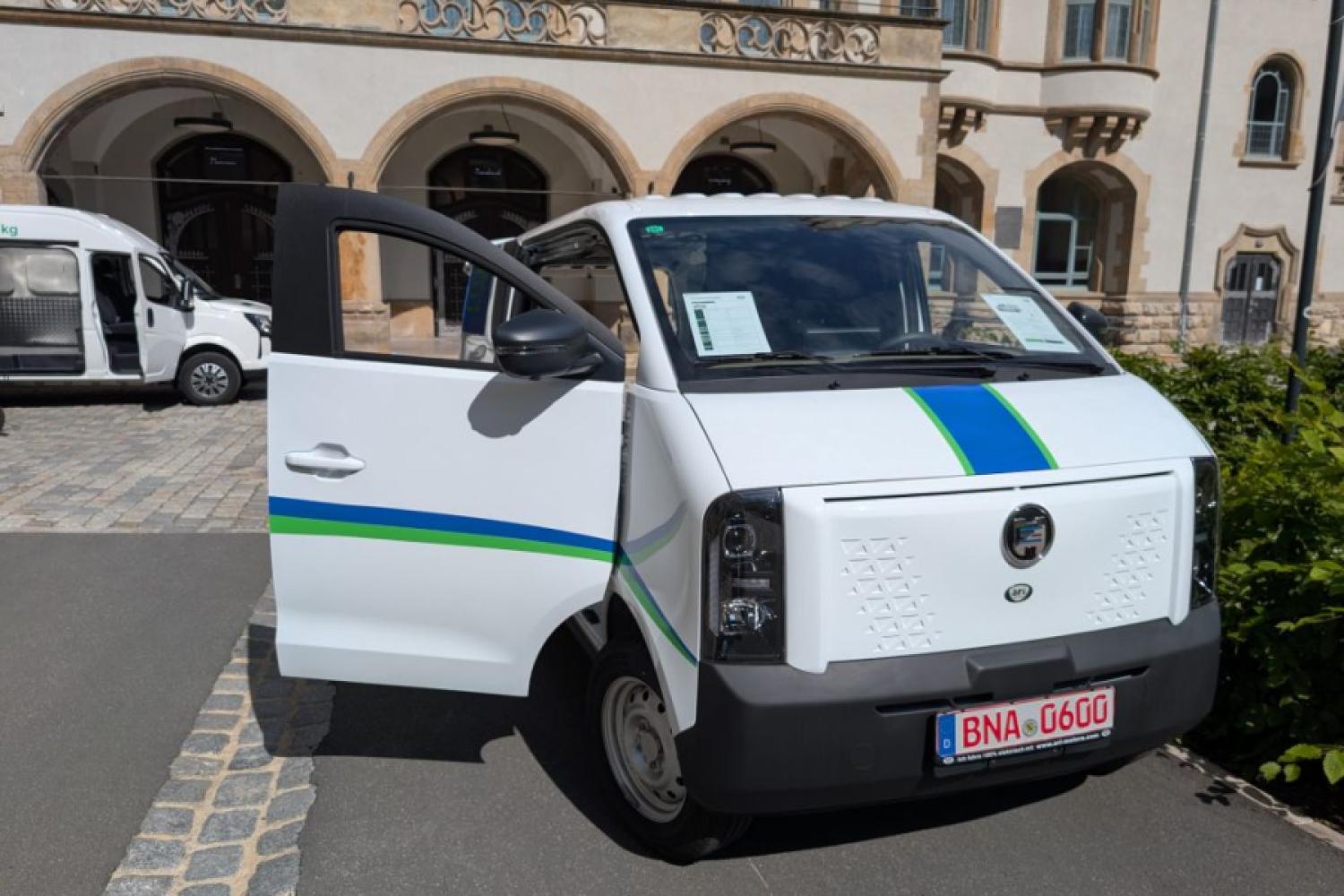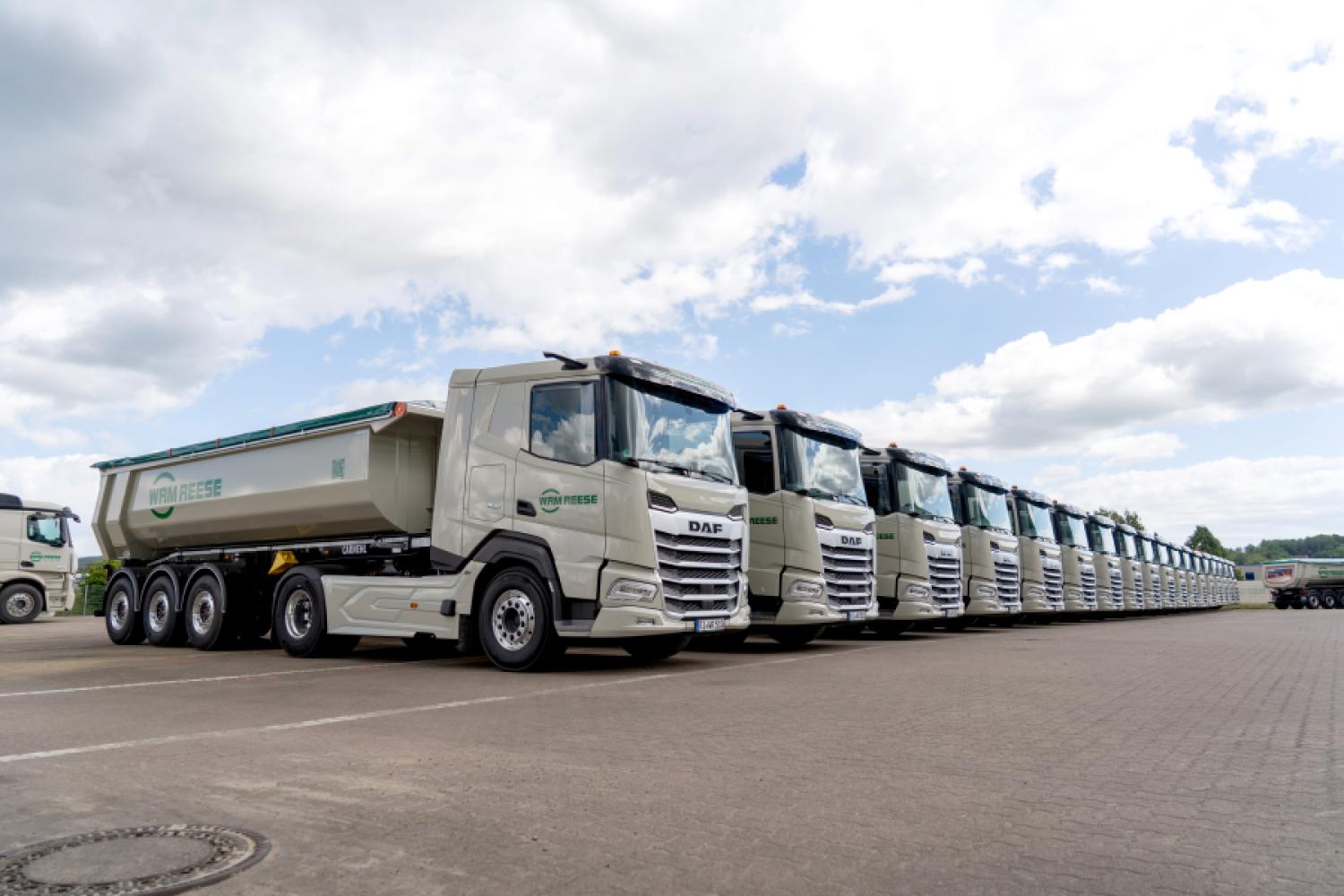The ACE Auto Club Europa used the Day of Road Safety on June 21, 2025, proclaimed by the German Road Safety Council (DVR), as an opportunity to take a closer look at truck occupancy in rest areas on German highways. The motto of the campaign, in which volunteers recorded the occupancy of 132 highway rest areas across Germany between April 15 and June 3, 2025, was "No Space, No Stop? Parking Shortage as a Traffic Risk!".
Results
Traffic-endangering situations were documented at 76 percent of the checked rest areas, with an average overcrowding of 51 percent, according to the conclusion.
A systematic documentation of actual occupancy was carried out. The results:
- 5,088 regular truck parking spaces were available. 7,664 trucks actually parked, which corresponds to an average overcrowding of 51 percent (2,576 additional trucks). In the worst cases, overcrowding even reached beyond 200 or even 300 percent. Only at 16 percent of rest areas were there still free truck parking
- spaces available, according to the ACE.
- At 100 out of 132 facilities (76 percent), at least one traffic-endangering parking situation was documented. A total of 455 trucks posed an acute traffic hazard, for example in entrances or exits or on hard shoulders.
- At 59 percent of the rest areas, trucks were parked in the entrances or exits.
- At about 15 percent of the rest areas, the hard shoulder was misused. This poses a significant risk to all road users.
- 526 trucks blocked car parking spaces—at 22 facilities (17 percent), safe parking for cars was no longer possible.
The automotive club describes the situation as particularly precarious on the heavily trafficked east-west transit axes, in the Greater Berlin area, around Frankfurt am Main, as well as on the A3 in Bavaria and the A5 between Frankfurt and Karlsruhe.
"The numbers speak for themselves: Today, truck drivers are often forced to stop in unsuitable places when looking for a parking space," warns
Sven-Peter Rudolph, Chairman of the ACE. He adds: "In recent weeks, we have regularly observed overcrowded rest areas, blocked entrances, or trucks parked on the hard shoulder. The shortage of parking spaces significantly impairs the necessary rest periods for drivers and simultaneously endangers the safety of car traffic. There is an urgent need for political action here."
About the precise methodology
The survey was conducted as part of a nationwide volunteer campaign by ACE using a standardized survey form.
Volunteers documented, from Monday to Friday starting at 8:30 PM, at 132 rest areas in 13 federal states (city-states were not considered), the number of official truck parking spaces, the number of trucks actually parked, traffic-endangering parking situations—including the use of entrances/exits or hard shoulders as alternative parking spaces—and blockages of car parking spaces.
Demands
According to the automotive club, the results are alarming. Therefore, ACE demands from the federal government and Autobahn GmbH:
- Expansion of truck parking capacities: The need
- is clearly documented. Tens of thousands of truck parking spaces are missing nationwide. Only through additional capacities can safety at rest areas be ensured in the long term.
- Better use of existing infrastructure: By optimizing the allocation of areas, making structural adjustments and expansions, and redesigning based on demand, existing facilities could, according to ACE, be used more efficiently. Furthermore, especially dangerous areas should be structurally altered so that they no longer invite alternative parking.
- Expand digital parking management: ACE welcomed the already launched pilot projects for digital parking spot displays with real-time information. These should be rolled out nationwide to facilitate the search for free parking spaces and avoid unnecessary trips.
"Safe rest periods are non-negotiable—from both an occupational safety and traffic safety perspective," says ACE Chairman Sven-Peter Rudolph. "Only by improving the infrastructure can we create the conditions under which truck drivers can work safely and in compliance with regulations—for the benefit of all road users on our






